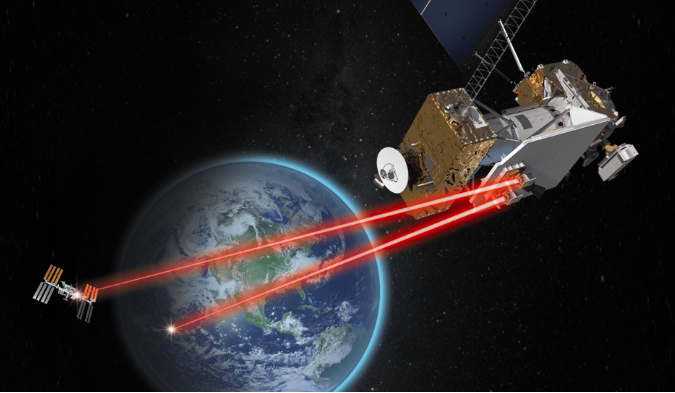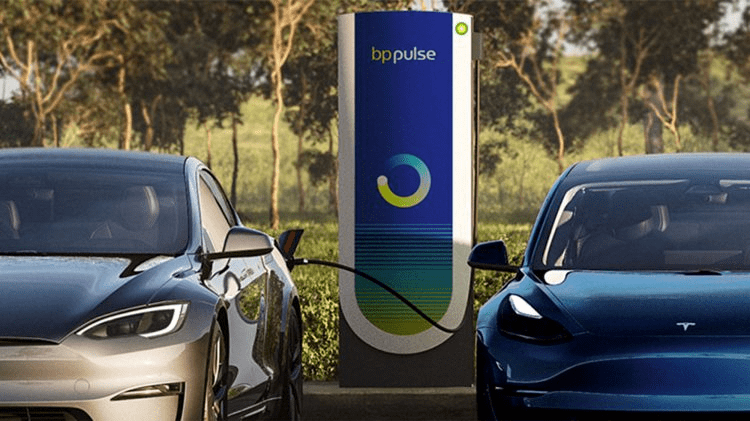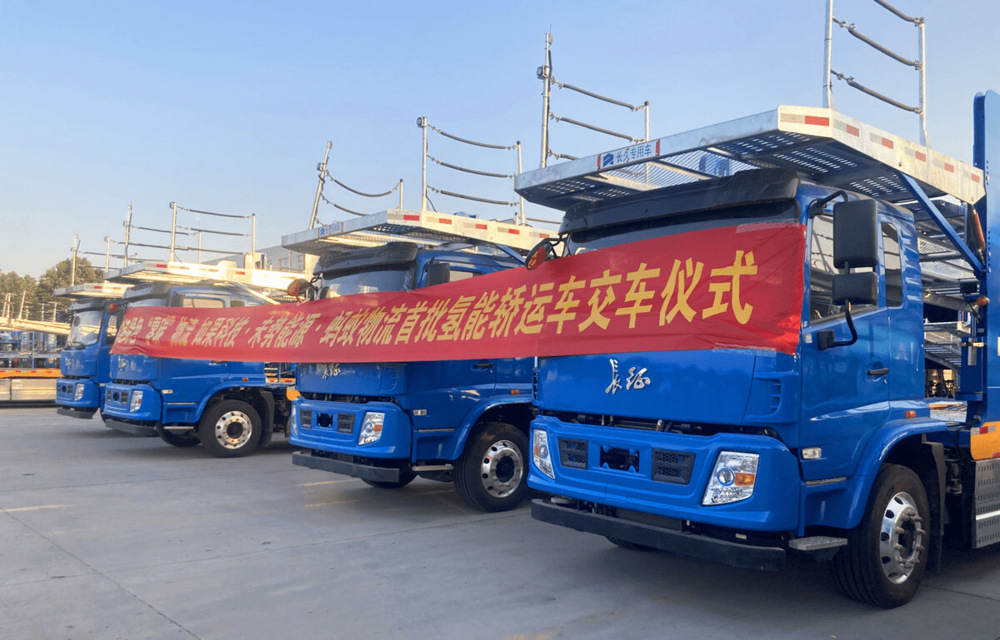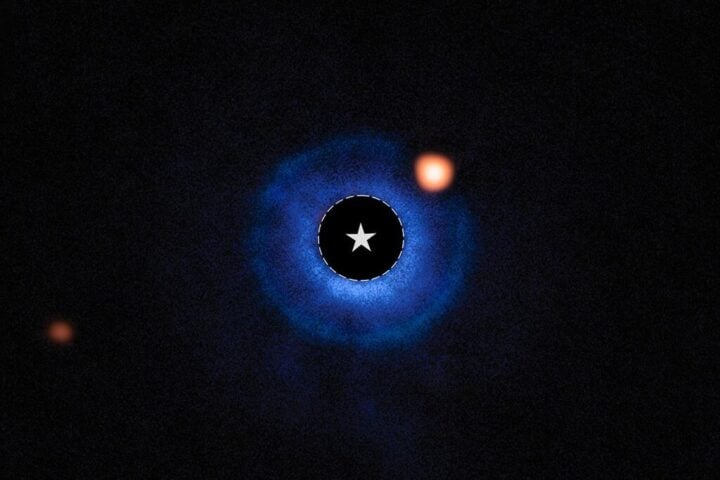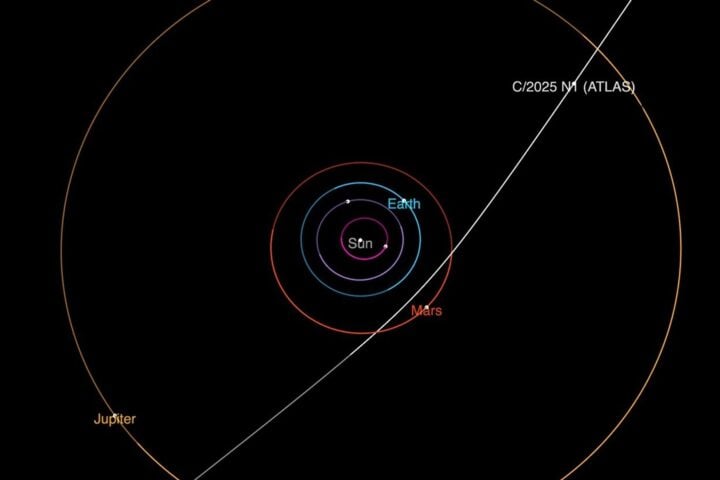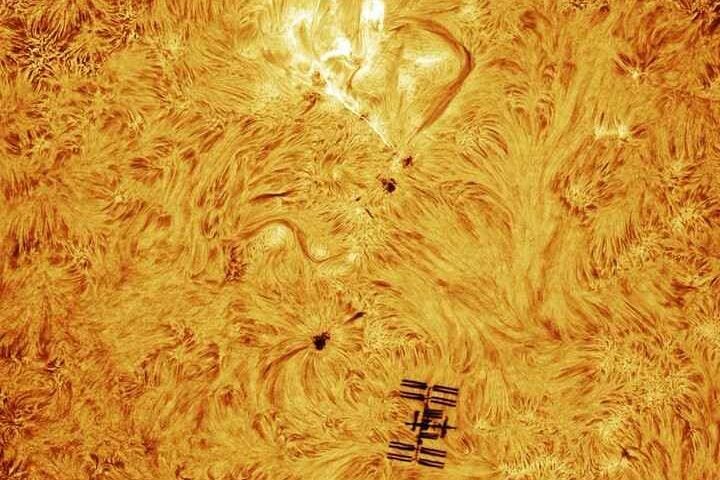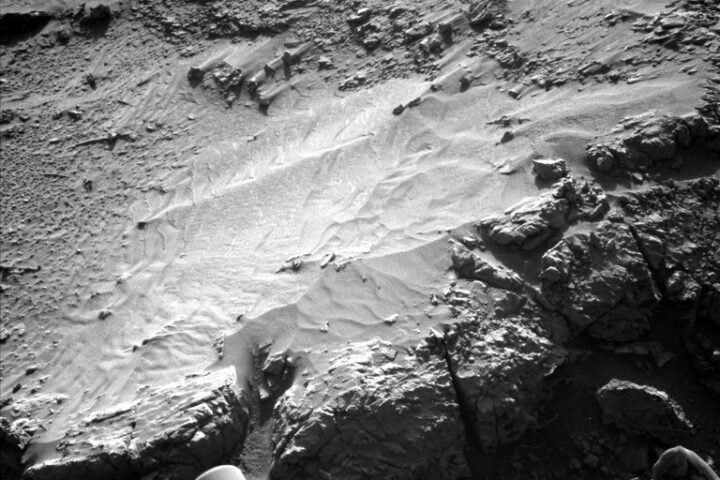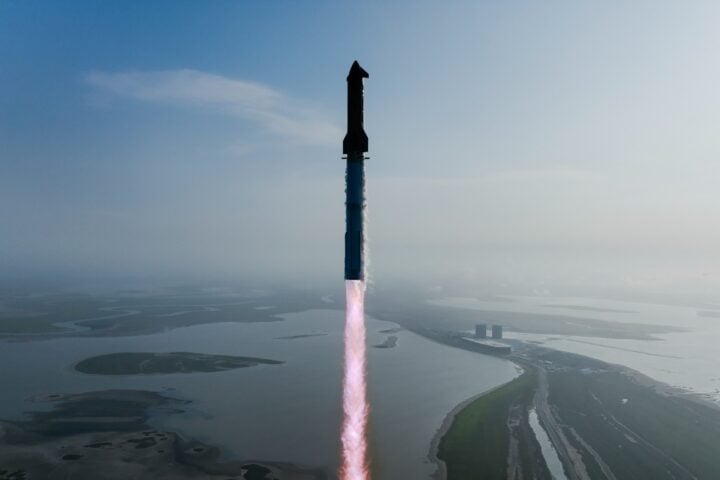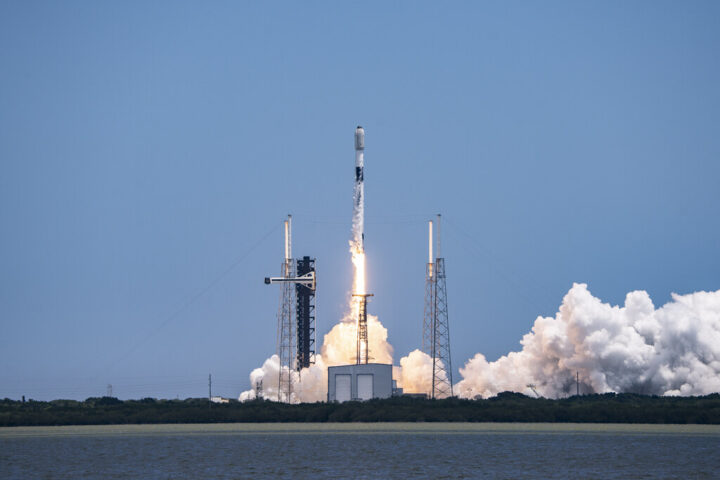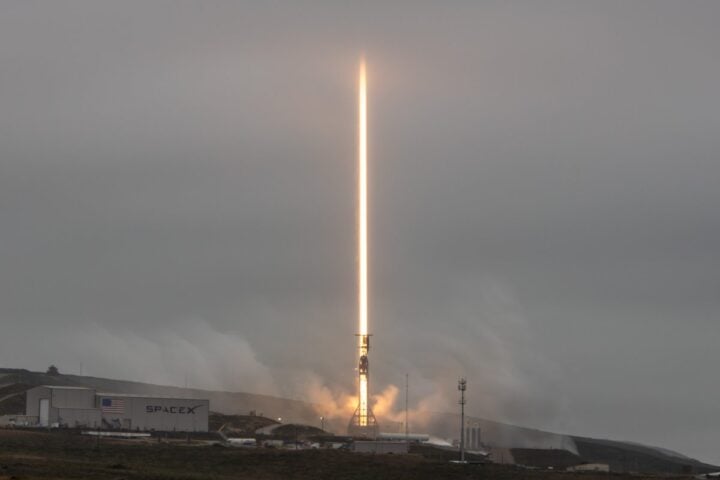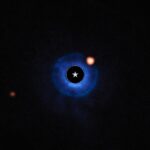Hold onto your space helmets, fellow space enthusiasts! This November, the International Space Station (ISS) is set to level up its communication game. Enter ILLUMA-T, a snazzy piece of tech that’s all about laser communications. Think of it as the next-gen Wi-Fi for space, but instead of radio waves, it’s harnessing the power of invisible infrared light. The result? Faster data rates that could make our current systems look like they’re running on dial-up.
Now, for those who geek out on the specifics (like yours truly), here’s the lowdown. ILLUMA-T, which stands for Integrated Laser Communications Relay Demonstration Low Earth Orbit User Modem and Amplifier Terminal (whew, that’s a mouthful!), is set to hitch a ride to the ISS aboard SpaceX’s Dragon. Once there, it’ll team up with NASA’s LCRD (Laser Communications Relay Demonstration), which has been orbiting since December 2021, doing its own set of cool laser experiments.
Dave Ryan, a key player in this project, highlighted that together, ILLUMA-T and LCRD are about to make history. They’re on track to establish NASA’s first-ever bi-directional laser communication system. And for those wondering about the tech behind it, ILLUMA-T’s got an optical module that’s essentially a high-tech telescope. It’s designed to lock onto LCRD, even though it’s whizzing around in geosynchronous orbit.
Dennis Henry gave us a sneak peek of the ILLUMA-T payload at NASA’s Goddard cleanroom. It’s set to relay data at a whopping 1.2 gigabits-per-second. To put that into perspective, it could send an average movie’s worth of data in under a minute. Talk about speed!
Matt Magsamen, the ILLUMA-T Deputy Project Manager, shared his excitement, stating, “NASA Goddard’s primary role is to ensure successful laser communications and payload operations with LCRD and the space station. We’re stoked about the potential of this collaboration.”
But why all this buzz about laser comms? Well, since 1998, the ISS has been using NASA’s Tracking and Data Relay Satellites. They’re reliable, sure, but laser communications could be the upgrade researchers have been dreaming of. It promises faster data transfer, which is a boon for all the cutting-edge research happening aboard the ISS.
This isn’t just a one-off experiment. NASA’s got a roadmap, with projects like LLCD, TBIRD, DSOC, and O2O, all aimed at proving laser communication’s worth in space. The endgame? Integrating this tech into NASA’s primary communication networks.
Behind this ambitious project are some of the brightest minds and institutions. The ILLUMA-T payload is backed by NASA’s SCaN program, managed by the Goddard Space Flight Center, and has partners like the ISS program office and MIT’s Lincoln Laboratory. LCRD, on the other hand, is a joint venture between Goddard, NASA’s Jet Propulsion Laboratory, and MIT.
So, space nerds, as we gear up for this next chapter in space communication, let’s celebrate the brains, tech, and sheer willpower driving these advancements. Here’s to faster, clearer, and more efficient data transfer in the final frontier!
